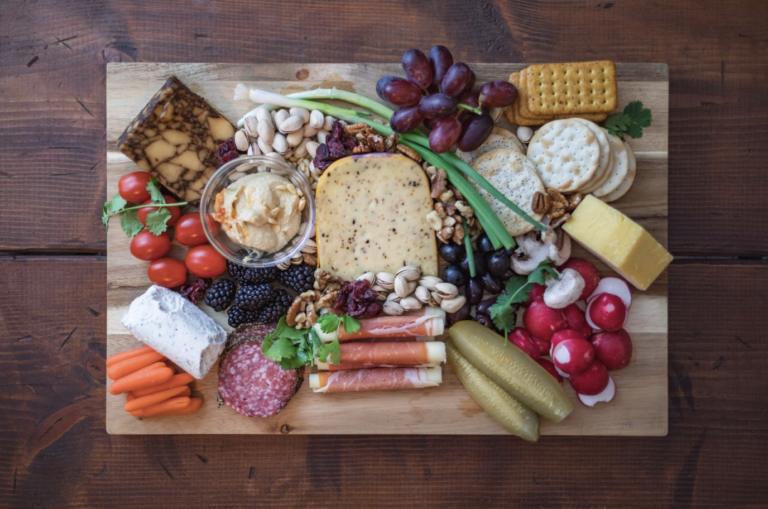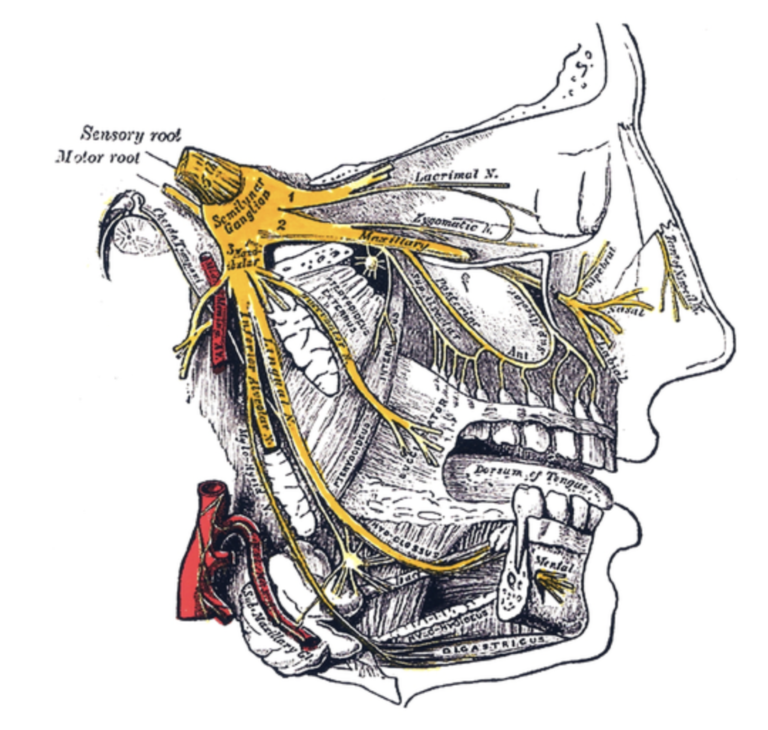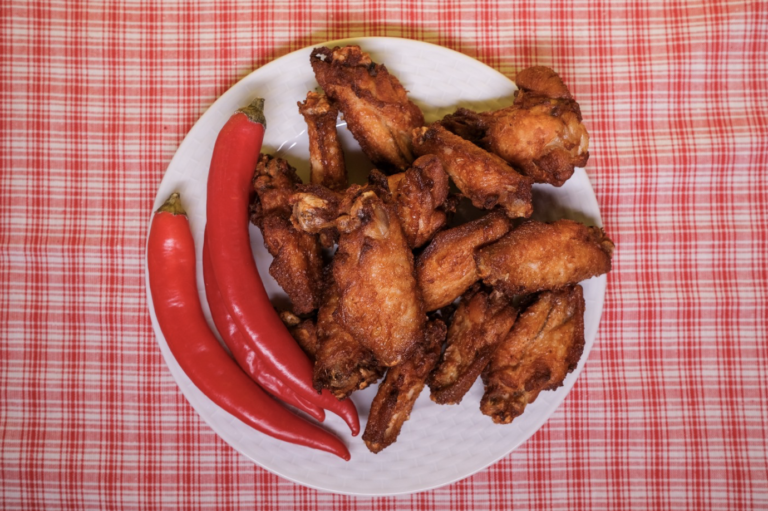Starting with the fact that those bumps on your tongue aren’t taste buds


Some of my favorite lectures to give to my food science students are on the topic of taste and flavor. I always found this to be the most intriguing subject, yet I had to condense everything into two 50 minute lectures.
And no, I’m not going to give you a lecture today, but I did pick out my five favorite facts I learned while preparing for class.
1. Those bumps you see on your tongue aren’t taste buds


Since I was a child, I’d believed those tiny bumps I saw on my tongue were taste buds (please tell me I’m not the only one!?). I don’t remember who originally told me this, but some adult in my life was apparently not as trustworthy as I thought.
In reality, these tiny protrusions on our tongue are scientifically termed papillae. They’re typically a couple millimeters in size and form a protective structure around the actual taste buds. Each bump or papillae holds anywhere from 1–250 taste buds.
And while the papillae structure protrudes out above the tongue, the taste buds are housed below the surface, meaning there’s no way you’d actually see your own taste buds. Unless you have some type of very unlucky, mouth-related injury.
Not to mention you’d need some type of microscope to visualize a taste bud and not just your naked eye. These guys are tiny!
2. You can spot four different types of “bumps” on your tongue


Now that we’ve established that the tiny structures you see on your tongue are called papillae (and aren’t actually your taste buds), here’s how you can tell the four different types of papillae apart simply by shape and location.
- Circumvallate– Located at the back of your tongue and forms a line that resembles tiny mushrooms.
- Foliate– Appear as small ridges or grooves running down the edges of your tongue.
- Fungiform– Mushroom-shaped papillae that are located on both sides of your tongue especially in the front half.
- Filiform– This type of papillae are cone-shaped and simply help hold the food on your tongue.
And what’s interesting is that only three of the four types of papillae are capable of tasting. The fourth type — filiform — simply have a mechanical role of holding the food on our tongue.
3. It’s possible there’s more than 5 basic tastes


Growing up I was taught that there are five basic tastes: sweet, sour, salty, bitter, and umami. Well… honestly I can’t remember umami but I vividly recall learning the other four.
And like many things I was taught, I was led to believe this was set in stone. We have five basic tastes and that’s it. No ifs, ands, or buts about it.
Turns out, these basic tastes are just our best guess right now. In fact, many researchers in the field of taste are proposing a couple of additions including:
- Fat
- Kokumi (rich taste)
- Calcium
Which means it’s possible you’ll see a new taste added in your lifetime. In fact, umami only became generally accepted as a basic taste starting around 1985, which isn’t that long ago!
4. Taste and flavor are entirely different


This is by far the biggest mix-up I saw when teaching food science — taste and flavor are not synonyms. In fact, taste is just one part of flavor.
Think about it, when we say taste, we’re simply talking about sweet, sour, salty, bitter, and umami. But, when we eat food, the overall experience isn’t limited to these five tastes.
And that’s where flavor comes in. Flavor describes all the “inputs” experienced in the mouth and nasal cavity, which, perhaps most importantly, would include smell or the aroma of the food in addition to taste.
If you’ve ever plugged your nose while eating, you know just how important our sense of smell is to enjoying food. The same phenomenon happens when you’re sick and food just doesn’t taste the same. Our sense of smell greatly impacts how we experience food.
But flavor isn’t only limited to taste and aroma. It also includes a multitude of factors like a food’s color and texture as well as your previous experiences with the food.
5. Chemical irritants can create flavor


We’ve already established that taste and aroma are incredibly important when eating food but there’s one more factor I want to mention — the trigeminal nerve. This system of nerves weaves itself through the front portion of our face and plays a pretty unique role in flavor.
Even if you haven’t heard of the trigeminal nerve, you’ve surely experienced the sensations it’s responsible for:
- Spicy
- Cooling
- Fizziness
- Astringency
- Pungency
- Tingling
And what do all these sensations have in common?
They’re technically irritants that stimulate the trigeminal nerve endings.
The classic example is eating spicy chicken wings. What we perceive as spicy is really the molecule named capsaicin interacting with our trigeminal nerve endings.


And how do you look after eating those wings? Well, not only is your mouth on fire, but your eyes are watering and your nose is running.
Why?
Because the trigeminal nerve is interconnected throughout your entire facial region from your mouth to your nose and eyes. As the spicy wings enter your mouth, the irritant, in this case capsaicin, begins setting off the trigeminal nerve endings that are present.
In response, the trigeminal nerve attempts to get the irritant out by producing tears and snot. This is why you end up crying and blowing your nose. It’s your body trying to protect you, although I know it’s mostly just annoying in the moment.
You can probably see why I struggled to cram all this interesting information into two lectures! We have the craziest misconceptions when it comes to the taste and flavor of food.
Let me know what your favorite fact was in the comments.
And please, if you also used to think those visible bumps on your tongue were taste buds, let me know.

